Why Northeast India needs comprehensive sexuality education
Engaging influential people in adolescents’ lives like parents, teachers, and local government institutions, among others, could help create an enabling environment for adolescent health and well-being
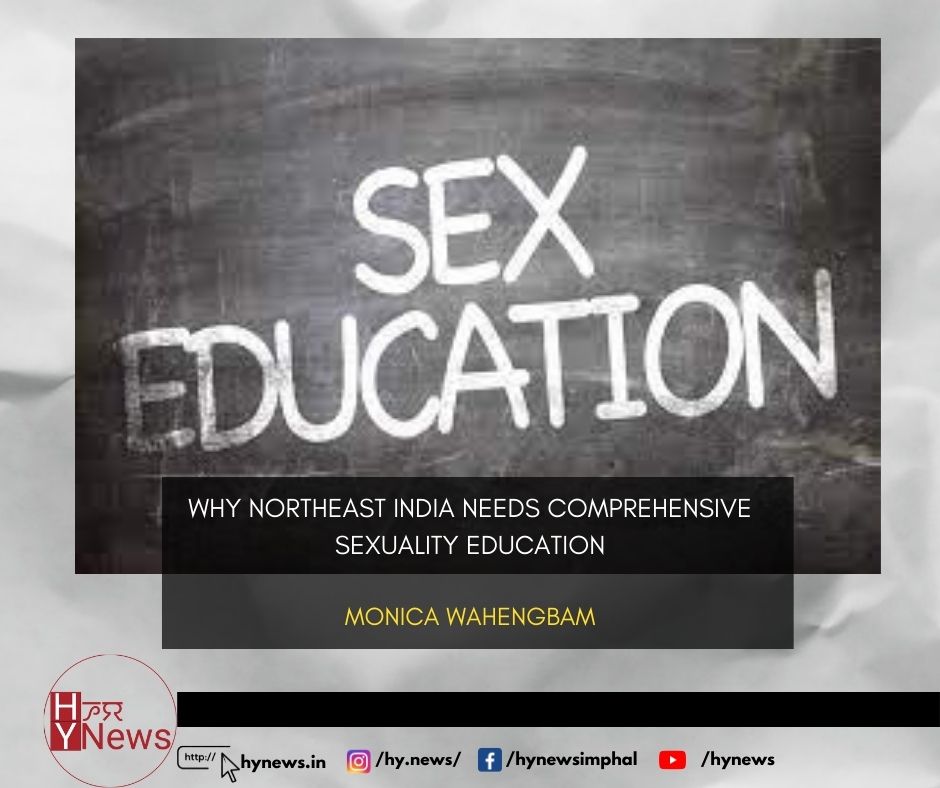
In India, including the Northeast, talking about sex is considered culturally inappropriate and we often see adults avoid the discussion altogether. As a result, adolescents (aged 10-19 years) are denied access to comprehensive sexuality education, which not only teaches them about sexuality but also equips them with knowledge, skills, and values that can help them protect their health, well-being, and rights.
There is a high price we pay for depriving adolescents of comprehensive sexuality education. Adolescents comprise roughly one-fifth of the population in India, including the Northeast. Even though the legal age of marriage has been 18 for women and 21 for men for the last four decades, child marriages are widely prevalent across India. In the fifth round of the National Family Health Survey (NFHS-5)—the most comprehensive data on reproductive health and family welfare—23 percent of women aged 20-24 years reported getting married before the age of 18. The picture is grimmer in the Northeast with 40.1 percent of women in Tripura and 31.8 percent in Assam reporting that they got married before the age of 18. Manipur reported an increase in child marriage from 13.7 percent in 2015-16 to 16.3 percent in 2019-21.
While across India, 6.8 percent of girls aged 15 to 19 years reported that they were already mothers or pregnant at the time of the survey, four states in the Northeast comprising (Meghalaya, Manipur, Assam, and Tripura) reported a higher number than the national figure. Tripura reported the highest percentage of teenage pregnancy at 21.9 percent and Meghalaya at 7.2 percent. Across India, 23 percent of women aged 15 to 24 years reported not using a hygienic method of protection during menstrual periods. The same number in Meghalaya stood at 35 percent, Assam at 34 percent, and Tripura at 31 percent.
Adolescence is a transitional and transformative period, during which young people experience changes in their bodies, mind, and emotions. Questions that adolescents may have around conception, contraception, relationship, consent, and gender, often remain unanswered due to the stigma surrounding sexuality. As a result, they often end up accessing unverified platforms that provide conflicting and often incorrect information.
Growing access to digital devices also provides an opportunity for young people to access information pertaining to sex, sexuality, and sexual health. However, there is a flip side to the online world. Last year, a study reported that 47 percent of Indian adolescents have “moderate” internet addiction while 24 percent have a “high” level of internet addiction. We have also witnessed a spike in cybercrimes and misdemeanors, which can leave victims traumatized for life. A 2018 report highlighted that 37% of Indian parents confirmed that their children had experienced cyberbullying. The shift to online learning due to the COVID-19 pandemic and subsequent school closures means that children and adolescents are spending significantly more time online. A study on the impact of COVID-19 on cyberbullying in India highlighted that almost 80 percent of older adolescents (aged 17 to 18 years) were cyberbullied during the lockdown period. Mental health issues are on the rise among the young globally and in India.
We need more digital solutions to deal with these problems. One way is to create more safe spaces for adolescents online. At the Population Foundation of India, we have developed an artificial intelligence-powered chatbot “SnehAI,” which provides evidence-based information and busts myths and misconceptions concerned with contraceptive choices, safe sex, and topics pertaining to adolescent sexual and reproductive health in a safe and confidential environment. The chatbot was produced in partnership with End Violence Against Children—a coalition of more than 700 organizations including governments, UN agencies, research institutions, international NGOs, foundations, local CSOs, and private sector groups.
It is important to reach adolescents through both in-school and out-of-school programs. Engaging influential people in adolescents’ lives like parents, teachers, and local government institutions, among others, could help create an enabling environment for adolescent health and well-being.
Population Foundation of India’s Educately. org—an open-access edtech platform on information about adolescent health and well-being—offers an online training program for teachers and educators to effectively communicate with adolescents on various aspects of their health and well-being.
The COVID-19 pandemic has shown us the potential that technology can play in creating opportunities and reaching out to a larger audience not just in the dissemination of information but also for counseling and other forms of service delivery. We need to acknowledge that we must put in efforts both online and offline if we are to ensure universal access to comprehensive sexuality education for adolescents.
About the author: Monica Wahengbam is a Consultant with Strategic Engagement at the Population Foundation of India.
N: B This article was first published in East Mojo

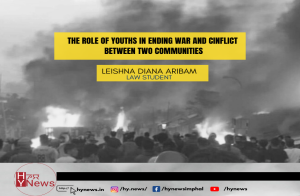

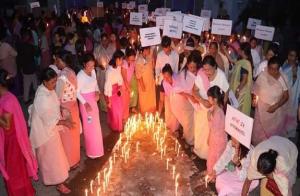


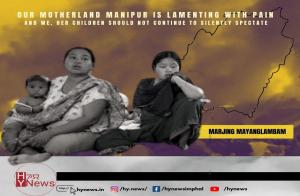






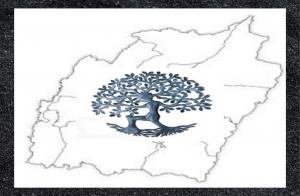







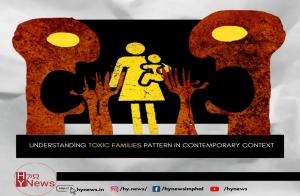
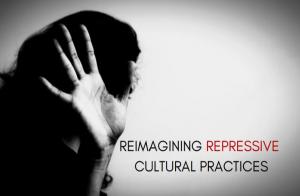

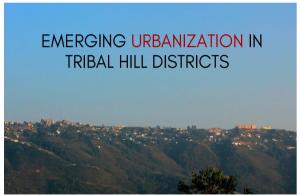


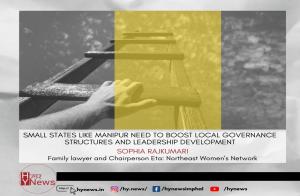








Leave Comments